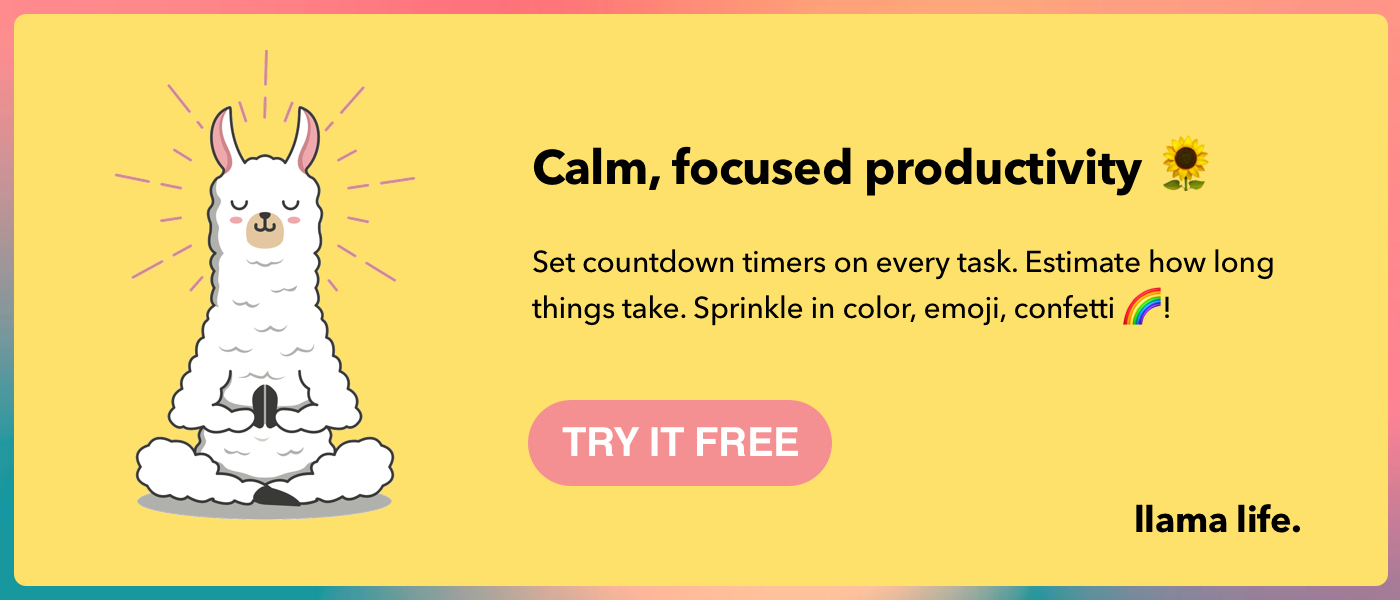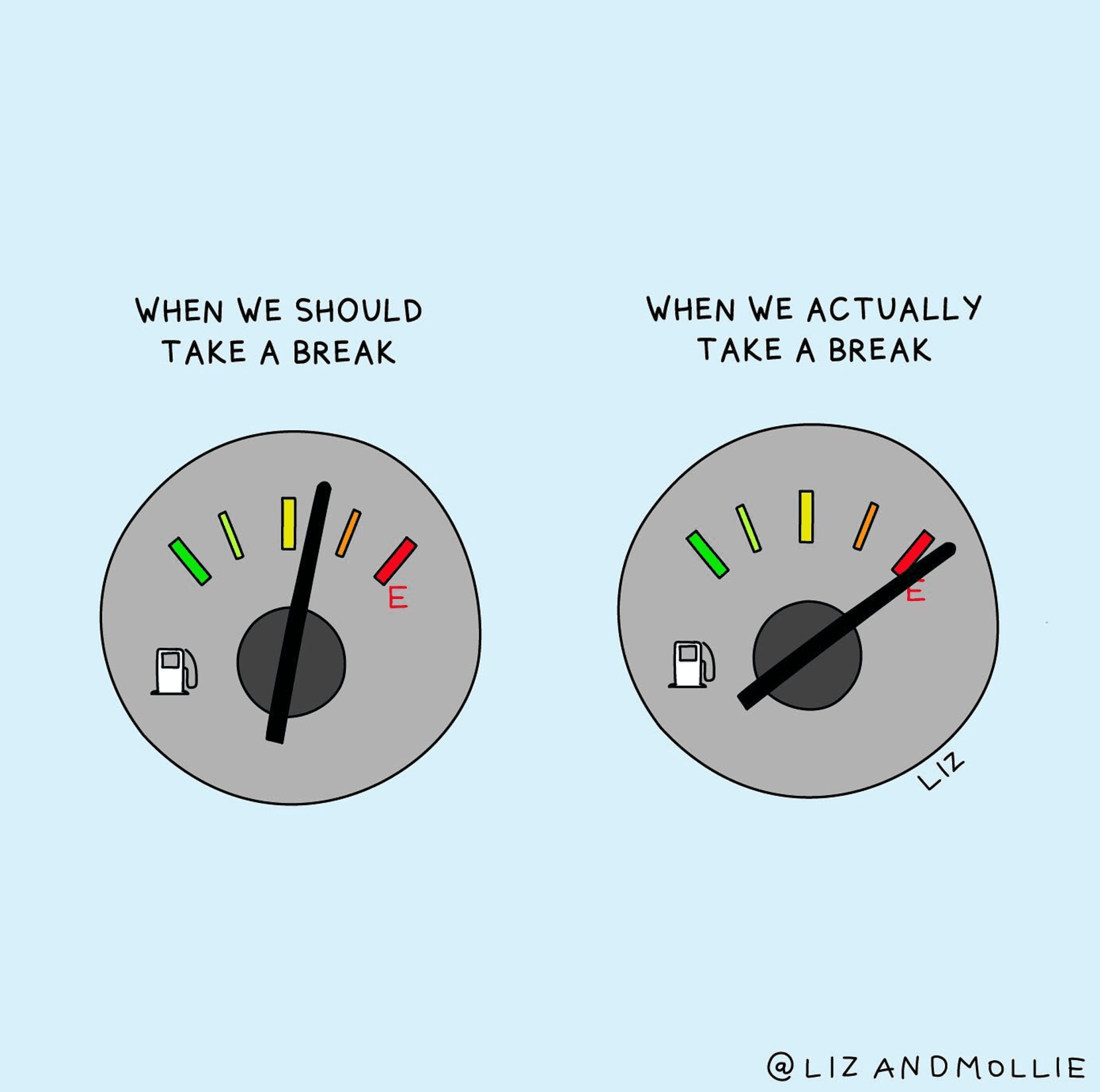
Timeboxing is more than a buzz word when it comes to productivity.
Time management is crucial in today's fast-paced world, where distractions are a constant challenge. Fortunately, timeboxing is a proven productivity technique that can help you make the most of your time.
In this article, we'll explore what timeboxing is and how it can transform your productivity.
What is timeboxing?
Timeboxing is a time management method that involves breaking down your day into manageable chunks of time, each dedicated to a specific task or set of tasks.
It allows you to focus on a task without any distractions and helps you prioritize your work.
How does timeboxing work?
Timeboxing works by setting a specific amount of time for a task and committing to completing it within that timeframe. By doing so, you create a sense of urgency and motivation, which can help you stay on track and avoid procrastination.
How to timebox
- Set your priorities: Identify the tasks that need to be done and prioritize them according to their importance and urgency
- Allocate time: Assign a specific amount of time for each task. Be realistic and make sure to leave some room for unexpected interruptions
- Focus on the task at hand: During each timebox, concentrate solely on the task you have allocated that time for. Avoid all distractions and stay focused until the time is up
- Take a break: After completing a timebox, take a short break to refresh your mind and recharge your energy
- Review and adjust: At the end of the day, review your progress and adjust your timeboxing plan for the next day accordingly. need to be done and prioritize them according to their importance and urgency
- Allocate time: Assign a specific amount of time for each task. Be realistic and make sure to leave some room for unexpected interruptions.
- Focus on the task at hand: During each timebox, concentrate solely on the task you have allocated that time for. Avoid all distractions and stay focused until the time is up
- Take a break: After completing a timebox, take a short break to refresh your mind and recharge your energy
- Review and adjust: At the end of the day, review your progress and adjust your timeboxing plan for the next day accordingly
The many benefits of timeboxing
Timeboxing offers several benefits that can help you be more productive and efficient in your work.
Here are some benefits:
- Improved focus: Timeboxing helps you concentrate on the task at hand without any distractions, leading to better focus and increased productivity
- Better time management: By allocating a specific amount of time for each task, you can better manage your time and avoid wasting it on unimportant activities
- Increased motivation: Timeboxing creates a sense of urgency and motivation, which can help you stay on track and complete tasks efficiently
- Enhanced productivity: By working on one task at a time, you can complete it more efficiently and move on to the next task, leading to enhanced productivity
- Reduced stress: Timeboxing helps you prioritize your tasks and complete them within a specific timeframe, reducing stress and anxiety associated with looming deadlines

Is the Pomodoro Technique same as timeboxing? 🍅
They closely resemble each other, but the Pomodoro Technique emphasizes the amount of the timebox itself, to 25 minutes. The technique involves scheduling tasks for 25 minutes (called a pomodoro), followed by a quick break. Once you complete four pomodoros, you take a longer break of 20-30 minutes.
The potential downfalls of timeboxing
But, is timeboxing for you?
Potentially!
It depends on how you work, and what works best for you, and your brain.
Some potential downfalls if timeboxing include:
- Rigid schedule: Timeboxing requires a strict adherence to a predefined schedule, which may not work for everyone. Some people prefer a more flexible approach to time management and find the rigidity of timeboxing too confining.
- Lack of spontaneity: Timeboxing may prevent you from being spontaneous and creative, as you are always working within a fixed timeframe. Some tasks may require more time than others, and timeboxing may not allow you to devote the necessary time to those tasks.
- Over-reliance on time: Timeboxing focuses heavily on time, which may lead to an overemphasis on completing tasks within a specific timeframe, even if the quality of work suffers as a result. Some tasks require more time and attention than others, and timeboxing may not allow you to allocate the necessary time to those tasks.
- Distraction during breaks: Taking regular breaks is an essential part of timeboxing, but it can be challenging to stay focused during these breaks. Some people may find that they are easily distracted during their breaks, which can lead to decreased productivity and increased stress.
Why timeboxing may not work for everyone
- Different working styles: People have different working styles, and what works for one person may not work for another. Timeboxing may not be the most effective time management technique for everyone, and some people may prefer other approaches, such as Pomodoro or Eisenhower matrix.
- High-pressure environment: Timeboxing can create a high-pressure environment, which may not be suitable for everyone. Some people may find it stressful to work under tight deadlines and may perform better in a more relaxed environment.
- Multitasking: Timeboxing focuses on completing one task at a time, which may not work for people who prefer to multitask. Some individuals may find it challenging to switch from one task to another and may prefer to work on multiple tasks simultaneously.
Is timeboxing the same as time blocking?
Timeboxing and time blocking are two popular time management techniques that help people better manage their time and increase productivity. While they share some similarities, there are some key differences between these two techniques.
Timeboxing involves allocating a specific amount of time to complete a particular task. It involves setting a strict time limit for each task and focusing solely on that task until the time limit is up. The goal is to complete the task within the allocated time and move on to the next task.
Timeboxing is an effective way to stay focused and motivated, as it encourages you to work efficiently and prioritize tasks.
On the other hand, time blocking involves dividing your day into blocks of time, each dedicated to a particular task or set of tasks.
Timeboxing is not a miracle solution
Don’t forget that timeboxing is not a miracle solution and will not automatically make you more productive, as much as we would like it to be!
Like all other tools, methods and techniques out there to improve productivity, you must consider if it works for you.
A tool that may help is Llama Life; designed for calm, focused productivity. Give it a go and see what happens. It maybe that a combination of timeboxing with other tools work best for you.
Let us know how you go!



